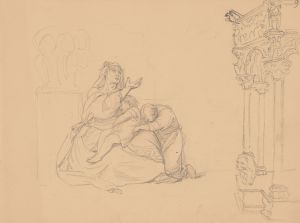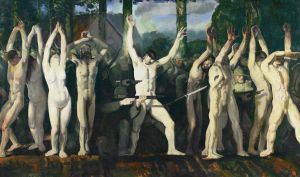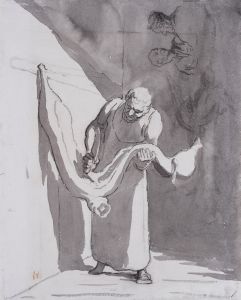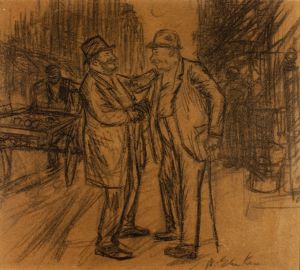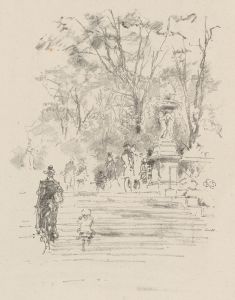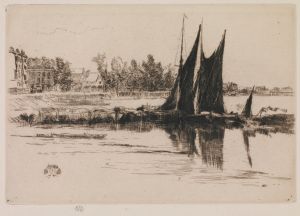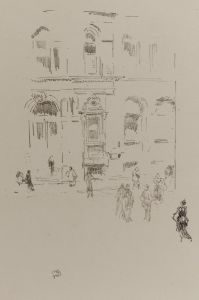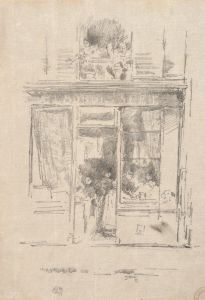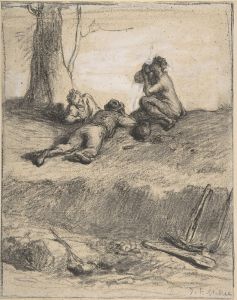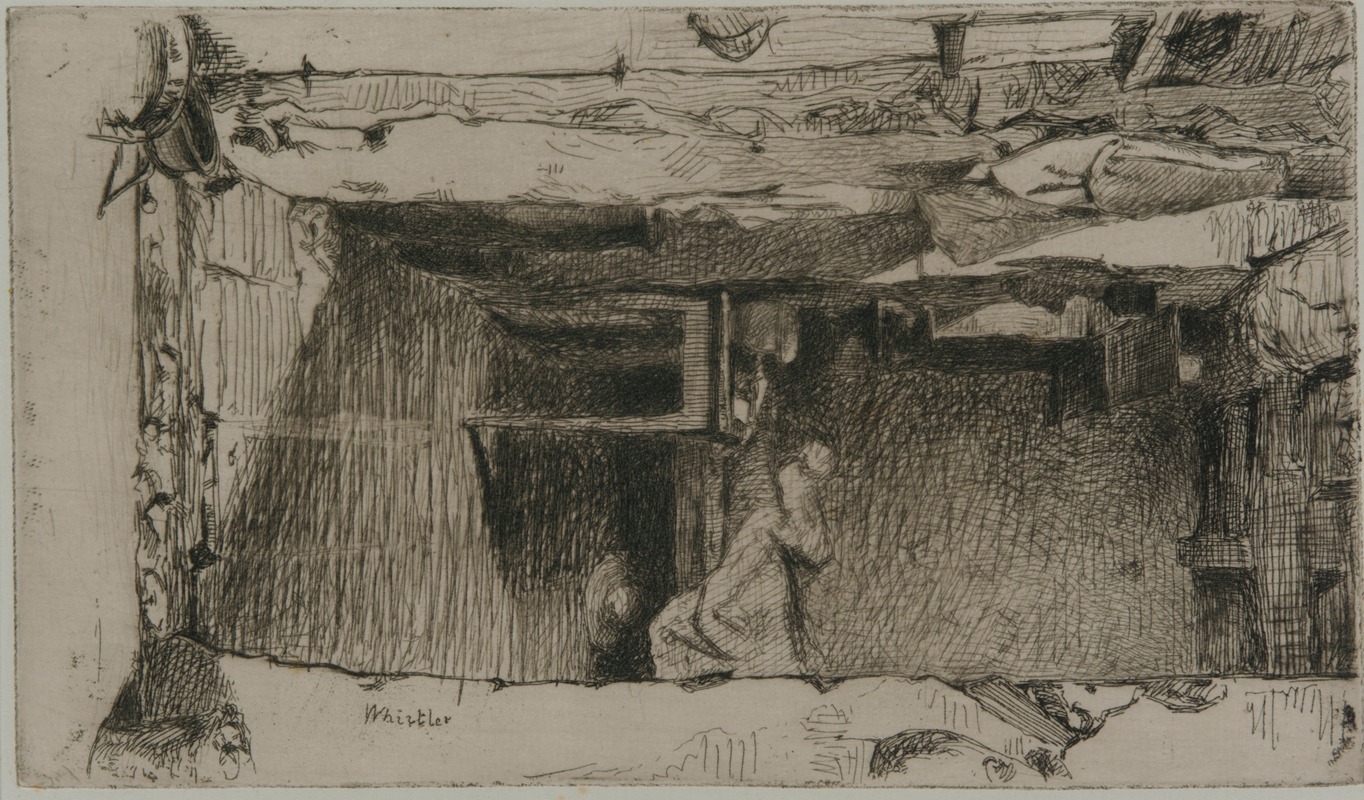
Rag Pickers, Quartier Mouffetard, Paris
A hand-painted replica of James Abbott McNeill Whistler’s masterpiece Rag Pickers, Quartier Mouffetard, Paris, meticulously crafted by professional artists to capture the true essence of the original. Each piece is created with museum-quality canvas and rare mineral pigments, carefully painted by experienced artists with delicate brushstrokes and rich, layered colors to perfectly recreate the texture of the original artwork. Unlike machine-printed reproductions, this hand-painted version brings the painting to life, infused with the artist’s emotions and skill in every stroke. Whether for personal collection or home decoration, it instantly elevates the artistic atmosphere of any space.
James Abbott McNeill Whistler's "Rag Pickers, Quartier Mouffetard, Paris" is a notable work by the American-born artist, who is best known for his contributions to the Aesthetic Movement and his influence on the art world during the late 19th century. Whistler, who spent much of his career in Europe, was renowned for his innovative approach to art, emphasizing mood and atmosphere over detailed representation.
"Rag Pickers, Quartier Mouffetard, Paris" was created during Whistler's time in Paris, a city that played a significant role in his artistic development. The Quartier Mouffetard is one of the oldest neighborhoods in Paris, known for its vibrant street life and market scenes. During the 19th century, this area was a bustling hub of activity, populated by working-class individuals, including rag pickers, who collected and sold discarded materials for a living.
The painting captures the essence of this lively district, focusing on the everyday lives of its inhabitants. Whistler's depiction of rag pickers is characterized by his distinctive style, which often involved a limited color palette and an emphasis on composition and form. His approach to this subject matter reflects his interest in capturing the beauty of ordinary life, a theme that recurs throughout his body of work.
Whistler's technique in "Rag Pickers, Quartier Mouffetard, Paris" is indicative of his broader artistic philosophy. He was known for his use of tonal harmony and subtle gradations of color, which he employed to create a sense of depth and atmosphere. This method is evident in the painting, where the muted tones and careful arrangement of figures convey a sense of quiet dignity and resilience among the rag pickers.
The painting also reflects Whistler's engagement with the social realities of his time. By choosing to depict rag pickers, Whistler highlights the often-overlooked aspects of urban life, drawing attention to the marginalized communities that existed within the bustling metropolis of Paris. This focus on the everyday and the marginalized aligns with the broader trends in 19th-century art, where artists increasingly sought to represent the realities of modern life.
"Rag Pickers, Quartier Mouffetard, Paris" is an example of Whistler's ability to blend realism with his unique aesthetic sensibilities. While the painting captures a specific moment in time, it also transcends its immediate context, offering viewers a glimpse into the universal themes of labor, survival, and the human condition. Whistler's work in this painting, as in many others, demonstrates his commitment to exploring the interplay between art and life, challenging traditional notions of beauty and representation.
Overall, "Rag Pickers, Quartier Mouffetard, Paris" stands as a testament to Whistler's skill as an artist and his ability to capture the essence of his surroundings. Through his innovative techniques and thoughtful subject matter, Whistler has left an enduring legacy that continues to influence artists and captivate audiences today.





